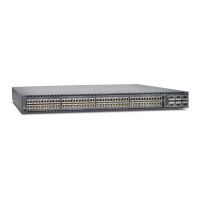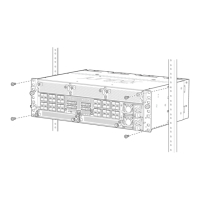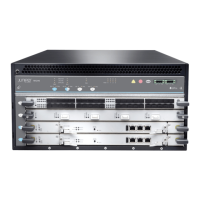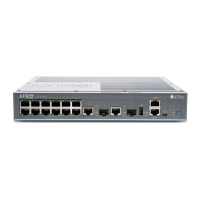In spite of the above concerns, the partial client-side implementation of the stateful PCE
is extremely effective in large traffic engineering systems. It provides rapid convergence
and significant benefits in terms of optimal resource usage, by providing the requirement
for global visibility of a TE LSP state and for ordered control of path reservations across
devices within the system being controlled.
Release History Table DescriptionRelease
Starting in Junos OS Release 17.2, in addition to external cspf, two new path
computation types are introduced for the PCE-controlled LSPs: local cspf and
no cspf.
17.2R1
Starting with Junos OS Release 16.1, you can secure a PCEP session using
TCP-MD5 authentication as per RFC 5440.
16.1
Junos OS Release 16.1 introduces the feature of securing a PCEP session using
TCP-MD5 authentication as per RFC 5440.
16.1
Starting in Junos OS Release 14.2R4, support of auto-bandwidth is provided
for PCE-controlled LSPs.
14.2R4
Related
Documentation
Example: Configuring the Path Computation Element Protocol for MPLS RSVP-TE on
page 707
•
• Example: Configuring Path Computation Element Protocol for MPLS RSVP-TE with
Support of PCE-Initiated LSPs on page 721
• Example: Configuring Path Computation Element Protocol for MPLS RSVP-TE with
Support for PCE-Controlled Point-to-Multipoint LSPs on page 735
Configuring PCEP
•
Example: Configuring the Path Computation Element Protocol for MPLS
RSVP-TE on page 707
•
Example: Configuring Path Computation Element Protocol for MPLS RSVP-TE with
Support of PCE-Initiated LSPs on page 721
•
Configuring Path Computation Element Protocol for MPLS RSVP-TE with Support of
PCE-Initiated LSPs on page 732
•
Example: Configuring Path Computation Element Protocol for MPLS RSVP-TE with
Support for PCE-Controlled Point-to-Multipoint LSPs on page 735
Example: Configuring the Path Computation Element Protocol for MPLS RSVP-TE
This example shows how to enable external path computing by a Path Computation
Element (PCE) for traffic engineered label-switched paths (TE LSPs) on a Path
707Copyright © 2017, Juniper Networks, Inc.
Chapter 23: Configuring Path Computation Element Protocol (PCEP)
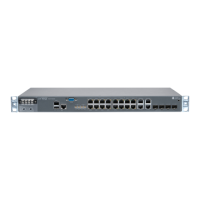
